1. Farming Simulator 22
Farming Simulator 22 is the most recent entry into the series, and it definitely takes the first steps in while to moving Farming Simulator out of the casual mode/arcade experience and a closer step towards simulation which the game title suggests it should be.
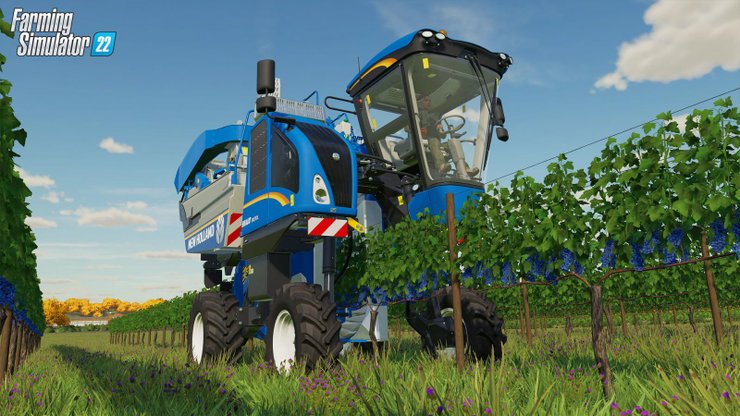
The gameplay is strangely addictive. This isn't a baron-style game where you're forced to compete, really. This is a wide-open map (of several) where you slowly expand your farm empire. The only thing stopping you is your ability to take on more work and learn new things.
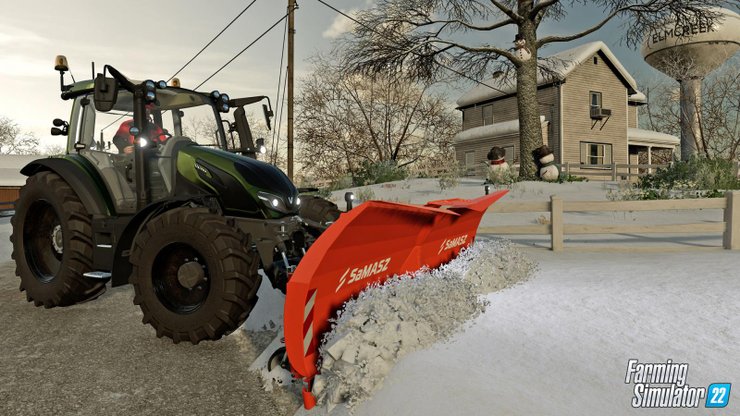
It's TRUE open gameplay in that you don't have to do anything at all and the sim will gladly let you pass time just to watch the seasons if you want. But it also allows you to enjoy learning things you might know very little about, one step at a time, be that farming, logging, raising farm animals, or doing work for others. The maps are your canvas to play and expand on.
There isn't much, if any, pressure. But it has that, "one more thing," feeling in spades. It has that hook that keeps pulling you back to check on things and go another month or three. That's the mark of an excellent game.
2. Microsoft Flight Simulator
Microsoft Flight Simulator is probably the best plane sim to date, with even real pilots playing it for training. Graphically, it's gorgeous. If you're flying through somewhere fairly well-traveled, the scenery is usually top-notch.
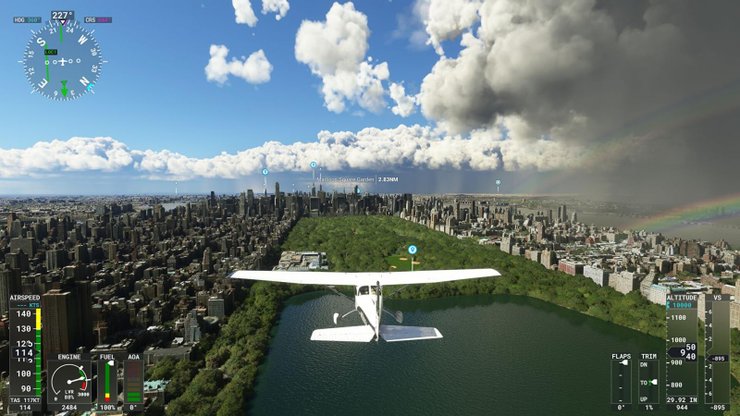
It reads from real-world data in real-time and produces some stunning representations of actual places. It's not perfect, of course, but it's head and shoulders above everything that came before it.
Sim-wise... the flight models and physics seem very good, but it's a fairly light sim. There's depth there if you go looking for it, but if you just want to take off and fly around, there's not a lot stopping you. You can even have visual waypoints on the screen to make navigation easy.
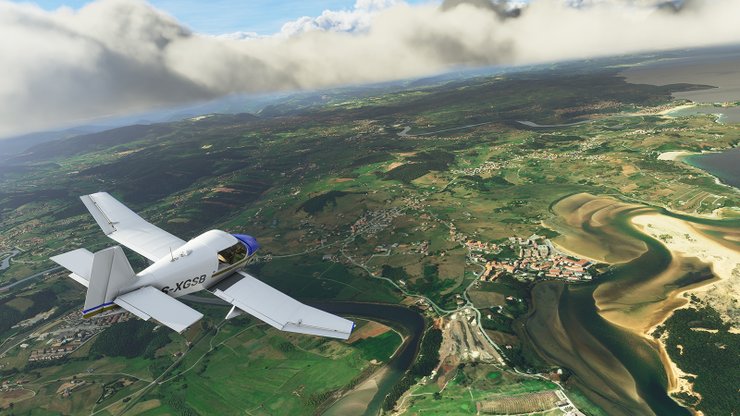
You can, of course, turn all that off, and get yourself a complex aircraft to fly for a more authentic experience. About game modes, if the sandbox isn't interesting enough for you, there are lots of landing challenges, tours, and other things to do.
3. Euro Truck Simulator 2
Truck Simulator is one of the newer genres to become popular. This refers to vehicle simulation games, in which players journey across vast distances on a truck, one of the biggest vehicles one can drive. If you ever want to experience driving a massive 18-wheeler, Euro Truck Simulator 2 is probably the best game in this genre.
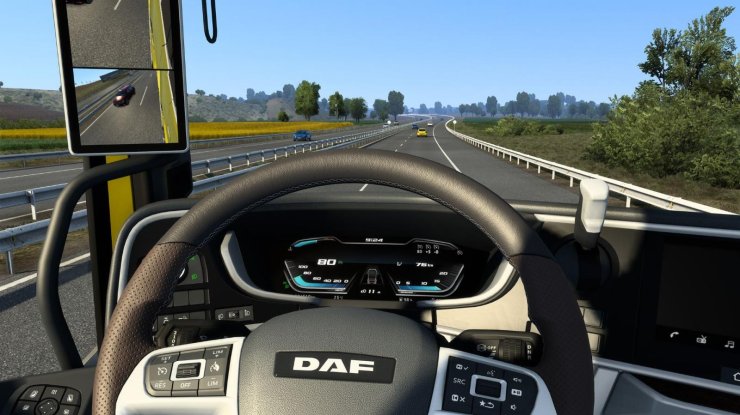
Despite the fact that Euro Truck Simulator 2 was released 8 years ago, it has been getting a lot of support from SCS and from its community to this day. That keeps the game on par and even above today's standards for a good simulator. Travel across Europe as king of the road, a trucker who delivers important cargo across impressive distances! With dozens of cities to explore from the UK, Belgium, Germany, Italy, the Netherlands, Poland, and many more, your endurance, skill and speed will all be pushed to their limits.

There are a lot of trucks to choose from, with 100s of different modifications that you can tinker with. Build your own empire or take on the most demanding heavy hauls with the strongest V8s or the swift I6s. Unlike other games, there is no competition in this game and everything is what you want it to be - a chill and relaxing experience.
4. Satisfactory
Satisfactory is a well-scaled factory sim. The game lulls you in with the perfect amount of simplicity at the start to make every added bit of complexity make sense on the larger scale of the game. Often factory sims drop you in, teach you a couple of things, then let you get overwhelmed with the scale of the project in front of you. Satisfactory is literally the opposite - the drip-feeding of ever-increasing complexity, depth, and scale make the game much easier to play and enjoy.

It's an open-world factory building/exploration game. There is currently no precise end goal (more on that later), but the overarching objective is to automate gathering of resources and materials production by setting up networks of construction buildings that will allow you to produce materials you will need to unlock more buildings and ever more complicated materials to craft, which will lead to bigger and more complex building networks, and so on.
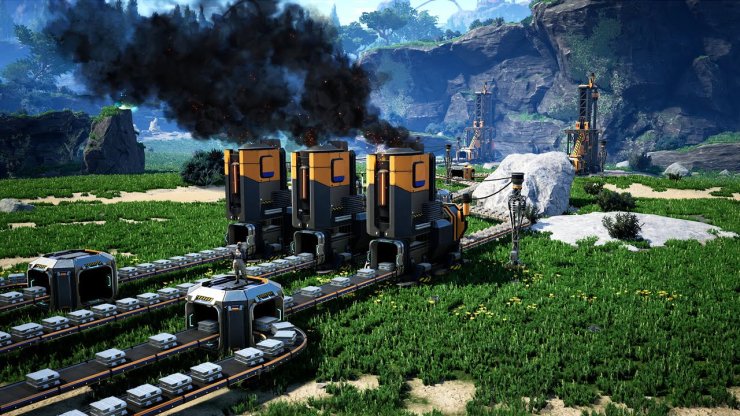
Eventually, you will be forced to expand your factory to really big sizes and transport resources from long distances away to keep up with the demand. It's the same basic formula as games like Factorio, but here it plays out a little bit differently. The first-person perspective is a terrific choice. Often the top-down/isometric view factory sims seem too remote, too abstract. Being able to actually be on the ground and walking around your factory makes it really rewarding.
3. Kerbal Space Program
Kerbal Space Program is essentially NASA by trial and error. All the fun of building things and launching them into space, without the hassle of acquiring funding or the responsibility of having to return people to Earth safely.
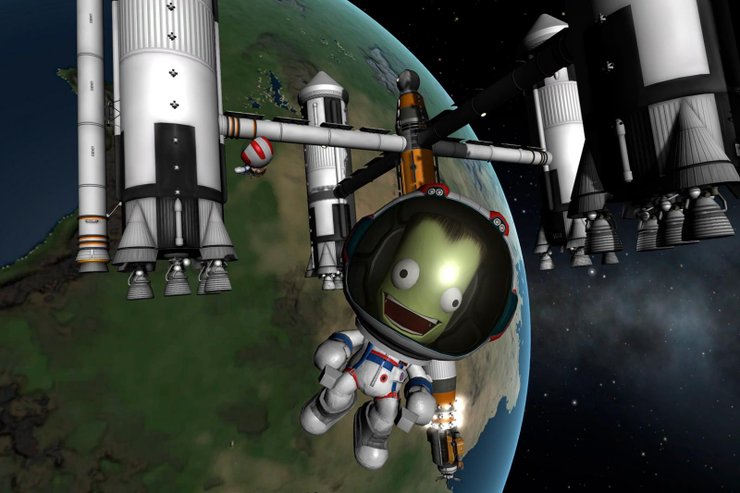
The Kerbals are a race of little green humanoids who love space. More than anything else, they want to go there. You can get them there by designing rockets and space planes of near-unlimited complexity, and testing them out. Some of your designs will succeed, and some will experience a "rapid unplanned vehicle disassembly." But that's half the fun.
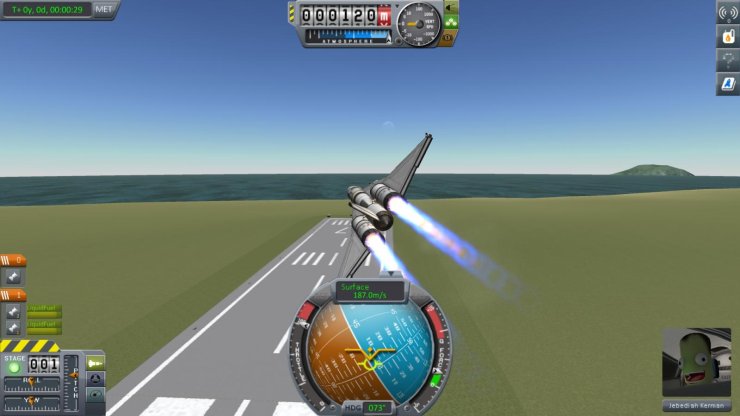
Once you get the hang of getting things off the ground, you can really start to see how incredibly in-depth this game is. There is an entire solar system modeled here, with 7 planets and a bunch of moons orbiting them, giving you tons to do -- enough for hundreds of hours of play. As of this writing, I'm over 100 hours spent in-game, and the furthest I've gotten from Kerbin (the Earth-analog starting planet) is Eve, one of the nearest planets (and even then, I was forced to watch helplessly as the craft crashed into the surface, having spent all of its fuel on the voyage there).
The game's physics are -- while scaled down for difficulty's sake -- actually fairly realistic. I never realized how little I knew about the physics involved in orbits until I started figuring out how to save fuel during launch by focusing more on horizontal velocity. Before long, I was looking up how to do gravity assists to get to other planets, and looking up actual rocket science formulas, trying to understand the principles behind them in order to improve my designs.
>>> Read more: 10 Most Anticipated Strategy Games To Be Released In 2023










Comments